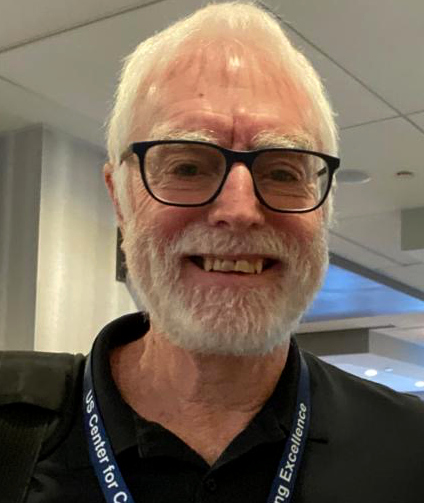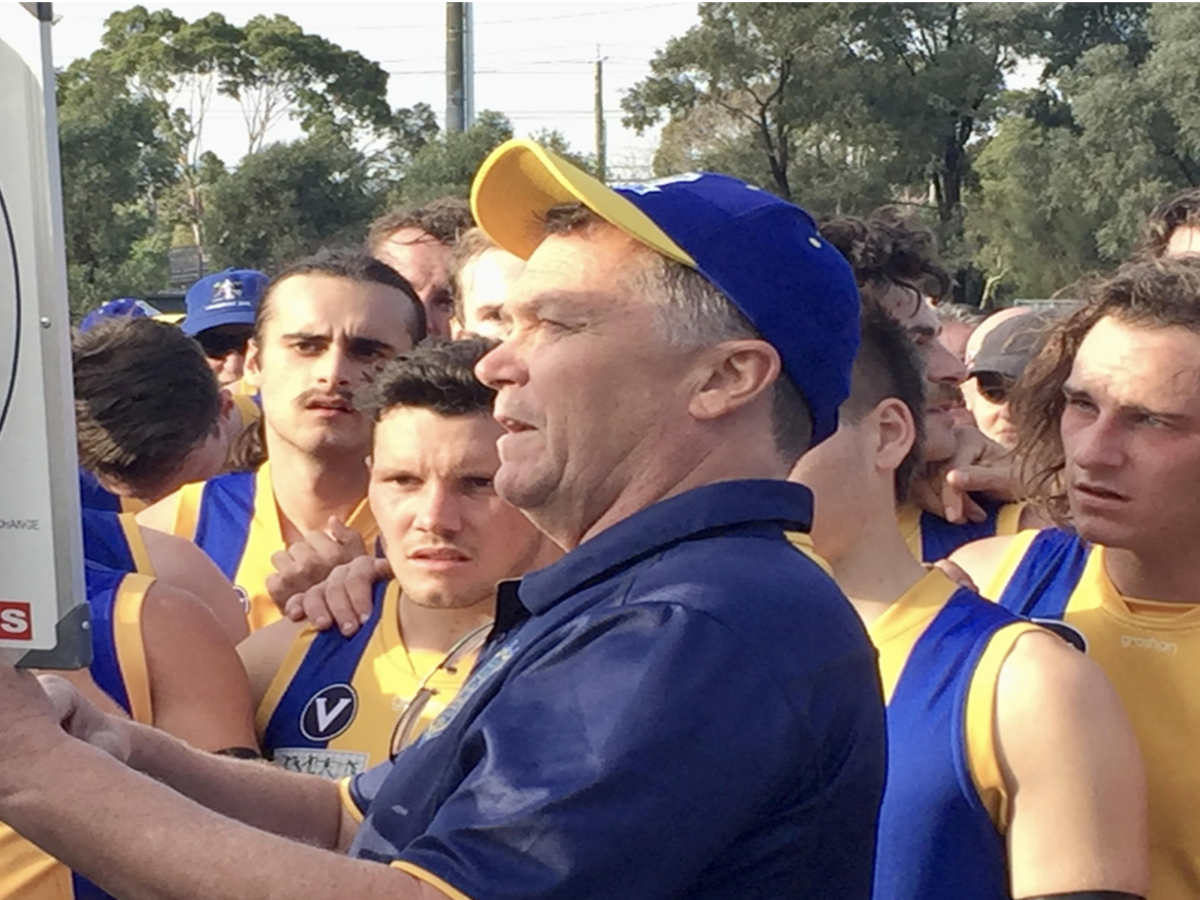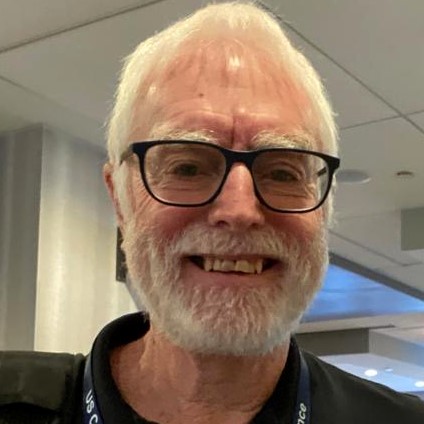Lawrie Woodman
Lawrie has been at the forefront of coach development in Australia. He played a major role in the roll out of the internationally recognised National Coaching Accreditation Scheme (NCAS).
As director of the Australian Coaching Council, Lawrie saw the implementation of major programs to assist NSOs in their development. These included: coaching athletes with a disability, the national officiating program, a coach scholarship program for emerging performance coaches, and elite coach conferences.
In 1994, Lawrie drove a year of coach recognition and celebration with the Year of the Coach initiative.
A hallmark of Lawrie’s directorship was the provision of a high level of support to NSOs in all facets of the design and delivery of courses.
CURRENT ROLE
Freelance coach developer mentoring some individual community coaches. Chair of the Australian Coaching Council.
Experience relevant to coach development
50 years as a teacher, coach and coach educator, including 35 years developing and delivering national level coaching development programs. Formal positions included Director of the Australian Coaching Council, Performance Coordinator at the AIS, High Performance Manager at Athletics Australia and Coaching Manager at the Australian Football League.
Awarded an OAM in 2021 for services to sport coaching and development.
PERSONAL PHILOSOPHY
I am a physical educator by profession and an experienced teacher. My philosophy can be summed up as working to inspire lifelong enjoyment of sport and physical activity. Coaches, and the way they deliver sport experiences, are the main influencers of that outcome.
Developing and delivering appropriate coach education and development is therefore crucial.
BELIEFS ABOUT COACHING
Coaching is a combination of connected endeavours, including:
- Preparing athletes/participants for competition. Helping people get better. Creating a learning environment to assist people to improve and master the skills and tactics of their sport.
- The quality of the participants’ experiences is directly dependent on the quality of coaching.
- The coach is the shop front of a sport. Providing a positive experience is critical so participants will come back – next practice session, next week, next season.
- Coaches are very influential in the quality of the club environment, determining whether it is a welcoming, enjoyable, learning environment – “A place where people want to be.”
“The coach is the shop front of a sport.
THE KEYS TO SUCCESSFUL COACHING
- Forming relationships and teaching.
- Understanding motivations:
- Your own motivation – why are you coaching?
- Knowing your athletes’ motivations for participating – why are they here?”. Then meeting their motivations (and your own). This will include fun and enjoyment, mastery of skills, social – being with others and a feeling of belonging, competition, and success.
- Teaching – utilising a structured coaching process to deliver your craft – planning, goal setting, implementation, observation, analysis, feedback, and review.
- Patience and resilience.
- Curiosity – being a long-term active learner, evidence seeker, and getting better.
- Values and beliefs – standing for something
TAKING COACH DEVELOPMENT TO THE NEXT LEVEL
The underlying theme is assisting people to become better coaches – ensuring they have up-to-date coaching skills.
There is a wide “matrix” of learning and development opportunities available at all levels today. Coach development can be much more individualised. Attending courses, either face to face or on-line, provided by sporting organisations and other educational agencies, and gaining formal qualifications will remain a major element. Seeking out on-going development opportunities is crucial to continued improvement.
The starting point for a coach development program is the coach knowing where they want to get to as a coach and understanding their starting point – “Where are you now?” What do they believe they need to bridge the gap? What is their next step? This where coach developers can play a crucial role in helping the coach with these questions and facilitating an environment which assists them along the way.
Continuous reflection on their coaching activities and progress with a view to ongoing improvement is a key to progress. Like athletic performance, this will not be a linear experience.
Ongoing coach support at club or association level will be a critical factor of future effectiveness. This can be delivered in different ways – mentors, coach developers, club development programs with components that include the coaches. Clubs may rely on their coaches to deliver expected major outcomes of these programs to their athletes.
TOP TIPS FOR COACH DEVELOPERS
- Coach Development has a lot in common with coaching – “coaching the coaches”. Many of methods and skills used by coach developers will be the same as those used in effective coaching.
- It starts with the qualities of being persistently curious and an active learner. The first step is to get involved – gaining experience; practicing coach development.
- Seek out formal and informal opportunities to deliver coach development activities, including presenting at courses within sporting organisations, clubs and leagues.
- Start building relationship with coaches you are working with and determine what they are expecting from the relationship. Initially offer what the coach is seeking and then broaden their mindset to explore other elements.
- Facilitate the implementation of a community of practice with other coach developers to share ideas, provide motivation and offer support. Do something similar with the coaches you are developing.






